Waccabuc Country Club (former Lake Waccabuc Inn; Hoe Estate)
Introduction
Text-to-speech Audio
The Waccabuc Country Club is located in the Waccabuc Historic District in northern Westchester County, New York. The scenic land of the club once belonged to the estate of Robert Hoe III. In 1912, three years after Hoe’s death, the original 1878 Hoe farmhouse and grounds were sold to private owners who converted the farmhouse into the Lake Waccabuc Inn and the grounds into a golf course; first of nine holes and later eighteen. That same year the Waccabuc Country Club was established. The Lake Waccabuc Inn and grounds were used by the Waccabuc Country Club, as well as members of the public from 1912 until 1927. In 1927, the Lake Waccabuc Inn was taken over and operated as a facility exclusively for the use of Waccabuc Country Club and its members. The Waccabuc Country Club remains an active recreation facility. In addition to aquatic sports, the club offers a number of tennis activities; the original carriage house of the estate is used for paddle tennis. The Waccabuc Country Club is included in the Waccabuc Historic District, which was placed on the National Register of Historic Places in 2015.
Images
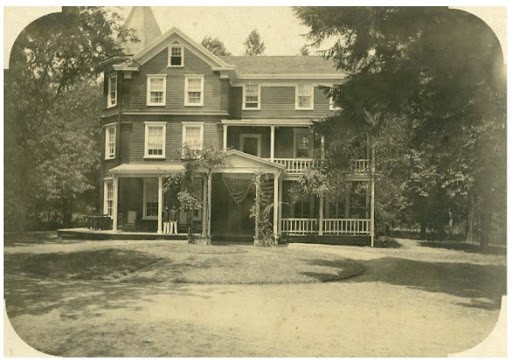
Waccabuc Country Club (former Lake Waccabuc Inn; Hoe Estate)
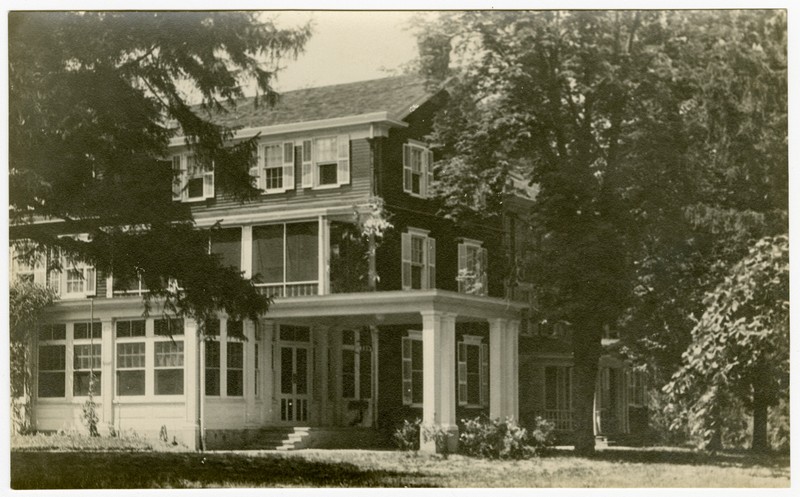
Waccabuc Country Club (former Lake Waccabuc Inn; Hoe Estate)
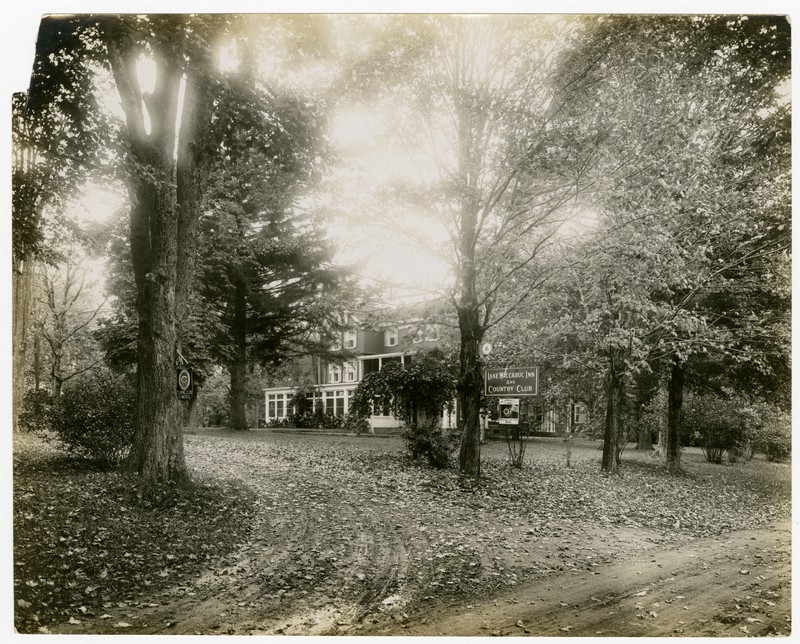
Waccabuc Country Club (former Lake Waccabuc Inn; Hoe Estate)
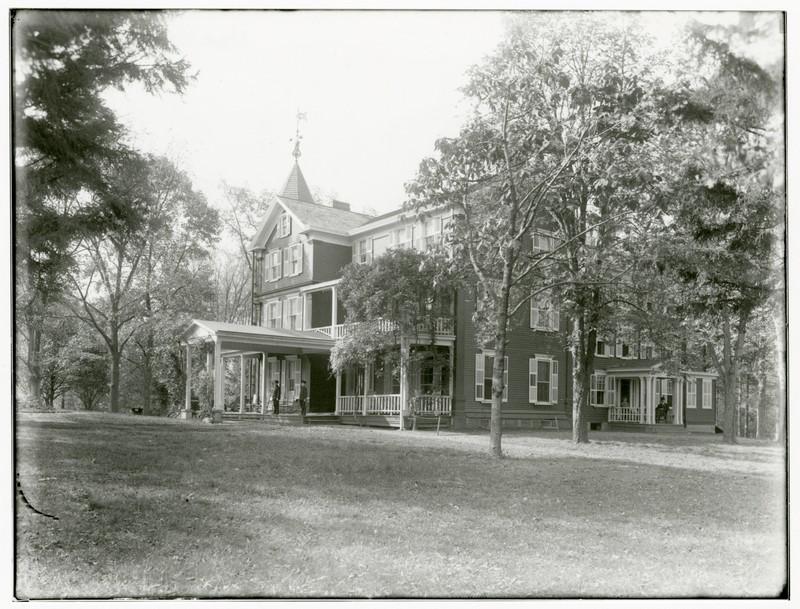
Waccabuc Country Club (former Lake Waccabuc Inn; Hoe Estate)
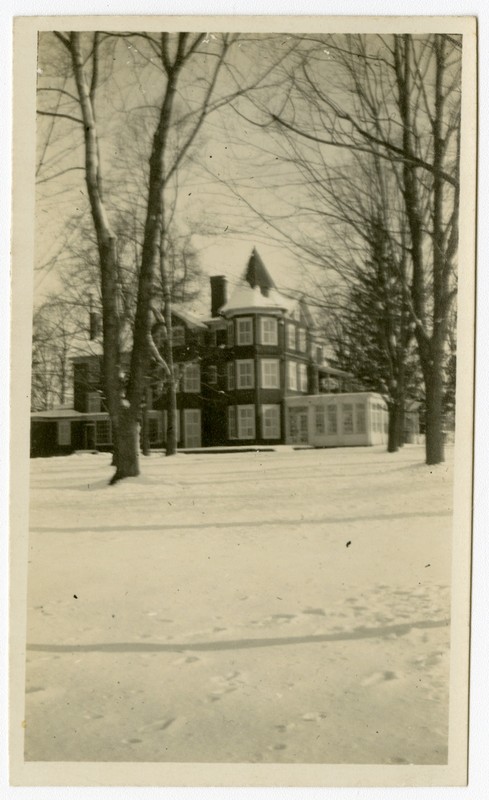
Waccabuc Country Club (former Lake Waccabuc Inn; Hoe Estate)
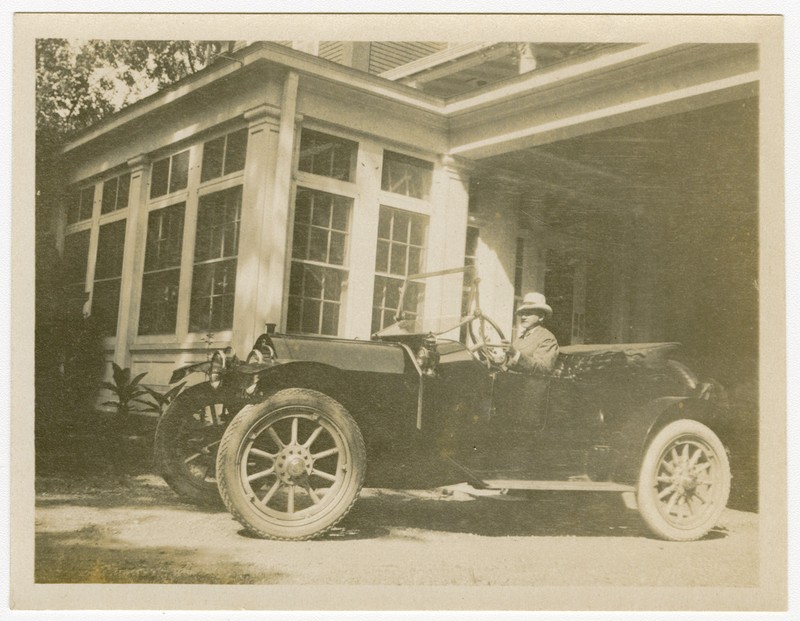
Waccabuc Country Club (former Lake Waccabuc Inn; Hoe Estate)
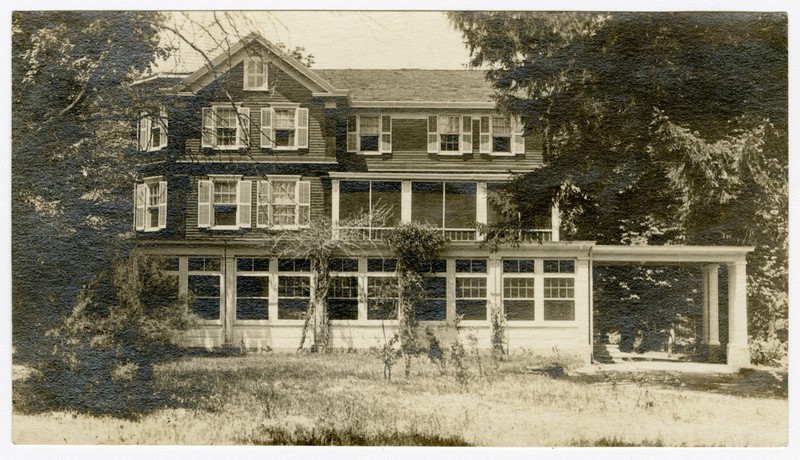
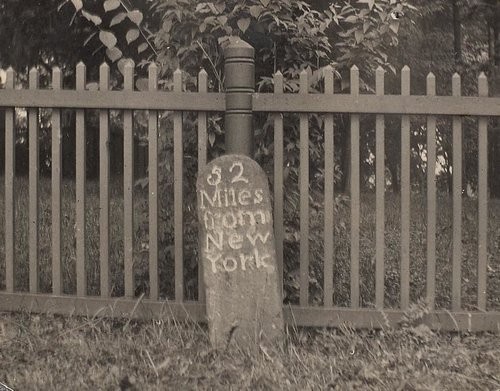
Backstory and Context
Text-to-speech Audio
The scenic land of the Waccabuc Country Club once belonged to the estate of Robert Hoe III. Robert Hoe III was a wealthy businessman and inventor, well known within the printing industry, especially in New York City. Head of R. Hoe & Company, Hoe was credited with the invention of the “Old Hoe Cylinder,” along with the development of color printing. Hoe was a collector of rare books. In 1911, the New York Times reported that his library was the most valuable collection of books ever to be put up for public sale.
In 1912, three years after the death of Robert Hoe III in 1909, the original 1878 Hoe farmhouse and grounds were sold to private owners. The new owners converted the farmhouse into the Lake Waccabuc Inn, with an accompanying golf course; first of nine holes and later eighteen. The Lake Waccabuc Inn was open to the public from 1912 to 1927, when it was taken over for the exclusive use of the Waccabuc Country Club and its members.
A 1912 article in the Connecticut newspaper, The Ridgefield Press, announced the opening of the Lake Waccabuc Inn describing all of its “advantages and conveniences such as can be enjoyed only in the best hostelries of largest cities.” It detailed the “absolutely correct dining facilities" and the “delicacy of the Inn’s menu,” as well as the luxurious furnishings of the sleeping rooms, which were “finished in white enamel with hangings of creton and mahogany furniture” and contained telephone connections, individual bathrooms, and large clothes presses.
While much was changed during the conversion of the Lake Waccabuc Inn into the clubhouse of the Waccabuc Country Club, many historical elements were preserved, especially on the exterior of the buildings.
The location of the Waccabuc Country Club on Mead Street was once a link of the old New York-Vermont Post Road where the stagecoaches used to pass daily. Two of the original milestones on this road are preserved, one at the foot of Mead Street and the other in front of the Country Club—marked '"52 miles from New York.”
The Waccabuc Country Club remains open to the present day. In addition to golf and other sports, it is also used for club and club member events, including weddings. The Waccabuc Country Club is included in the Waccabuc Historic District, which was placed on the National Register of Historic Places in 2015.
Sources
- “Head of R. Hoe & Co., Printing Press Makers, and Inventor of Printing Devices. Developed Color Printing And the Old Hoe Cylinder Into the Present Wonderful Press -- Collector of Rare Books.” The New York Times. Sept. 23, 1909. https://www.nytimes.com/1909/09/23/archives/robert-hoe-3d-dies-in-london-head-of-r-hoe-co-printing-press-makers.html
- Neergaard, Charles F. “Address at Waccabuc.” The Westchester County Historical Bulletin. Vol. 27, No.4. Oct. 1951.
- "New Lake Waccabuc Inn; Nestled Among Hills Amid Attractive Surroundings." The Ridgefield Press. Aug. 1912.
- “Reflections of Mead Street; Waccabuc 1780-2003.” The Westchester Historian. Vol 79, No.2. Spring 2003.
- “Robert Hoe’s Great Library; The Most Valuable Collection of Books Ever Put Up at Public Sale.” The New York Times. April 2, 1911. https://www.nytimes.com/1911/04/02/archives/robert-hoes-great-library-the-most-valuable-collection-of-books.html
- Waccabuc Country Club website. https://www.waccabuccc.com/history.html. Accessed Oct. 4, 2022.
- “Waccabuc Historic District #15000236.” National Register of Historic Places. United States Department of the Interior/National Park Service. 2015.
Mead Family Collection at Westchester County Historical Society
Mead Family Collection at Westchester County Historical Society
Mead Family Collection at Westchester County Historical Society
Mead Family Collection at Westchester County Historical Society
Mead Family Collection at Westchester County Historical Society
Mead Family Collection at Westchester County Historical Society
